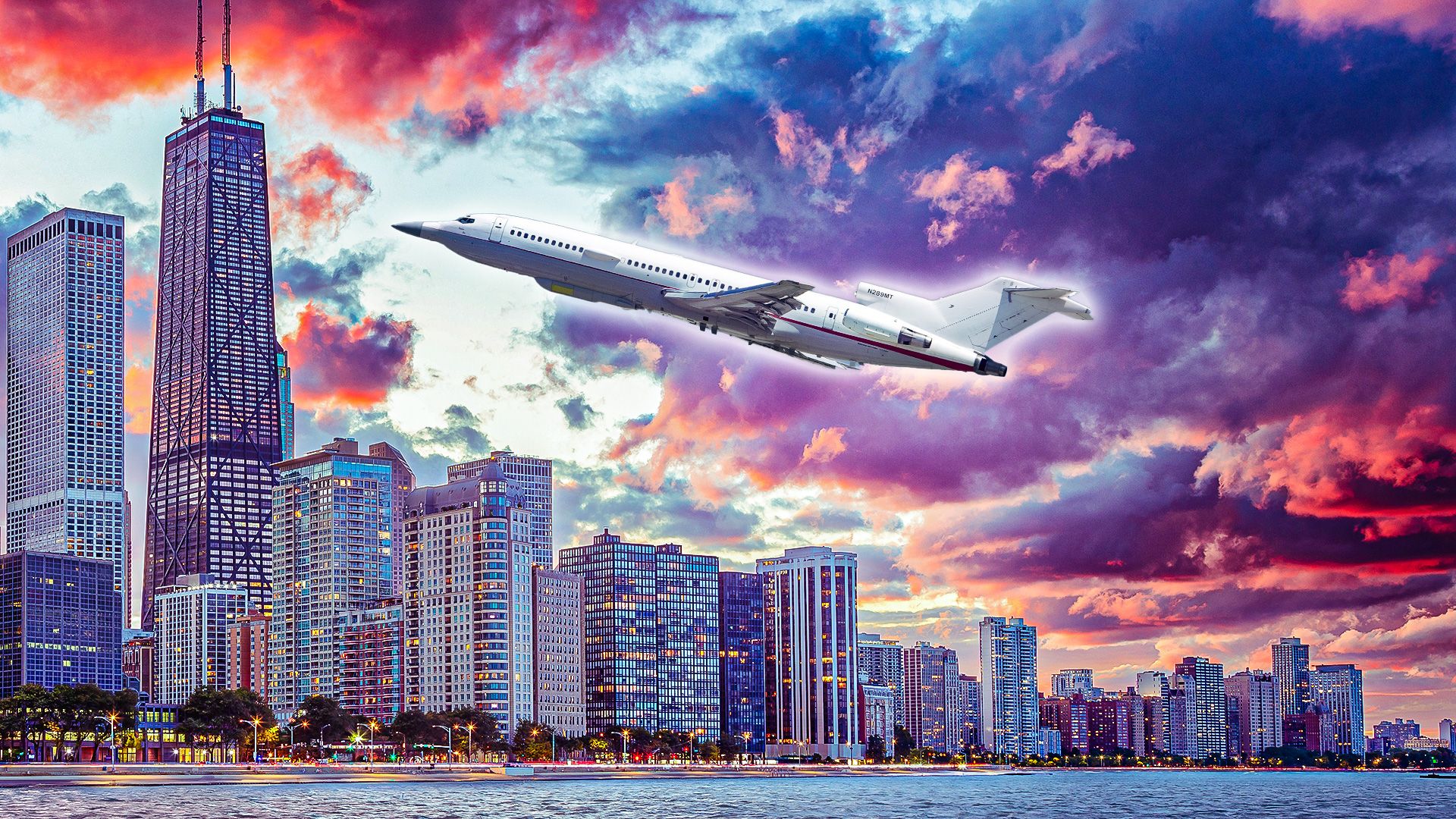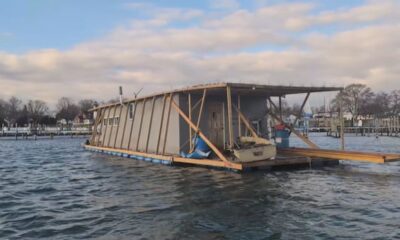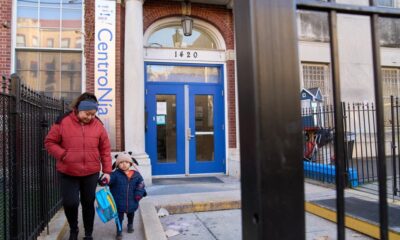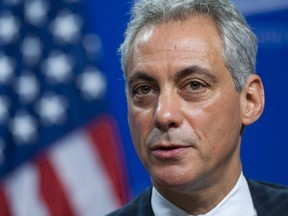World
Chicago’s Meigs Field Transforms from Airport to Urban Park

Meigs Field, once a bustling airport in Chicago, has undergone a dramatic transformation into a public park known as Northerly Island Park. This change reflects shifting urban priorities and offers a case study on the evolution of public space. Originally opened in December 1948, Meigs Field served as a vital hub for general aviation, providing pilots with stunning views of the Chicago skyline and Lake Michigan. However, its abrupt closure in 2003 marked the end of an era for urban aviation.
From Aviation Hub to Controversial Closure
Meigs Field was not just another airport; it was a cherished landmark in the aviation community. The single-runway airport was unique due to its proximity to downtown Chicago, making it a popular choice for business travelers and private pilots. Its prominence surged when it became the default starting point in Microsoft Flight Simulator 2000, introducing countless users to the world of flying.
In the early 2000s, then-Mayor Richard M. Daley envisioned a different future for the site. He aimed to transform the airport into a green space, aligning with the vision of architect Daniel Burnham for a “forever open, clear and free” lakefront. In March 2003, without warning, construction crews demolished parts of the runway in a covert operation dubbed “Daley’s Midnight Raid.” This act generated outrage within the aviation community, as it left 16 aircraft stranded and resulted in substantial damage to the runway, ultimately leading to its permanent closure.
While the city cited safety concerns following the September 11 attacks as justification for the closure, the abrupt manner of the decision stunned many. Aviation enthusiasts and pilots viewed the demolition as a significant loss, marking the end of a beloved airport that had become an integral part of Chicago’s transportation network.
Northerly Island Park: A New Vision for Urban Space
After the closure of Meigs Field, Chicago seized the opportunity to reclaim the valuable lakefront land for public use. The transformation into Northerly Island Park commenced swiftly, emphasizing ecological restoration and public accessibility. By 2005, the demolition was complete, paving the way for a revitalized landscape featuring wetlands, migratory bird habitats, and walking trails.
Collaboration between the city, local environmental advocates, and the architecture firm Studio Gang led to the creation of a unique urban space that balances climate resilience and public enjoyment. The park now features a five-acre lagoon, rolling hills, and paths designed for pedestrians and cyclists. The southern half of the park serves as a tranquil sanctuary, while the northern area boasts the Huntington Bank Pavilion, a popular outdoor concert venue that attracts thousands of visitors each season.
The legacy of Meigs Field remains strong among aviation enthusiasts. Its iconic skyline approach and historical significance have cemented its place in popular culture, appearing in various films and television shows. Although the airport is no longer operational, its memory continues to resonate with those who experienced its charm.
As urban areas expand, the story of Meigs Field serves as a poignant reminder of the delicate balance between preserving historical infrastructure and addressing contemporary urban needs. The transition from airport to park highlights the potential for repurposing land in a way that prioritizes both ecological sustainability and community access.
The closure of Meigs Field raises important questions about the future of urban transportation hubs. While the likelihood of reopening a facility like Meigs is slim due to increasing real estate values and heightened environmental standards, the conversation around urban aviation and public space continues. New technologies, including electric vertical takeoff and landing (eVTOL) aircraft, may redefine urban aviation access without necessitating traditional runways.
Northerly Island now stands as a testament to Chicago’s commitment to sustainability and community engagement. The transformation from a once-bustling airport to a vibrant public park illustrates not only the evolution of urban landscapes but also the values that shape our cities. As the park matures and adapts, it embodies a new identity that celebrates both nature and culture, reminding visitors of the legacy of Meigs Field while embracing a future focused on inclusivity and environmental stewardship.
-

 Politics1 month ago
Politics1 month agoSecwepemc First Nation Seeks Aboriginal Title Over Kamloops Area
-

 World5 months ago
World5 months agoScientists Unearth Ancient Antarctic Ice to Unlock Climate Secrets
-

 Entertainment5 months ago
Entertainment5 months agoTrump and McCormick to Announce $70 Billion Energy Investments
-

 Lifestyle5 months ago
Lifestyle5 months agoTransLink Launches Food Truck Program to Boost Revenue in Vancouver
-

 Science5 months ago
Science5 months agoFour Astronauts Return to Earth After International Space Station Mission
-

 Lifestyle3 months ago
Lifestyle3 months agoManitoba’s Burger Champion Shines Again Amid Dining Innovations
-

 Technology4 months ago
Technology4 months agoApple Notes Enhances Functionality with Markdown Support in macOS 26
-

 Top Stories2 months ago
Top Stories2 months agoUrgent Update: Fatal Crash on Highway 99 Claims Life of Pitt Meadows Man
-

 Top Stories2 weeks ago
Top Stories2 weeks agoHomemade Houseboat ‘Neverlanding’ Captivates Lake Huron Voyagers
-

 Politics4 months ago
Politics4 months agoUkrainian Tennis Star Elina Svitolina Faces Death Threats Online
-

 Sports5 months ago
Sports5 months agoSearch Underway for Missing Hunter Amid Hokkaido Bear Emergency
-

 Politics5 months ago
Politics5 months agoCarney Engages First Nations Leaders at Development Law Summit





















